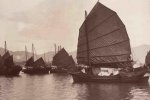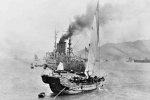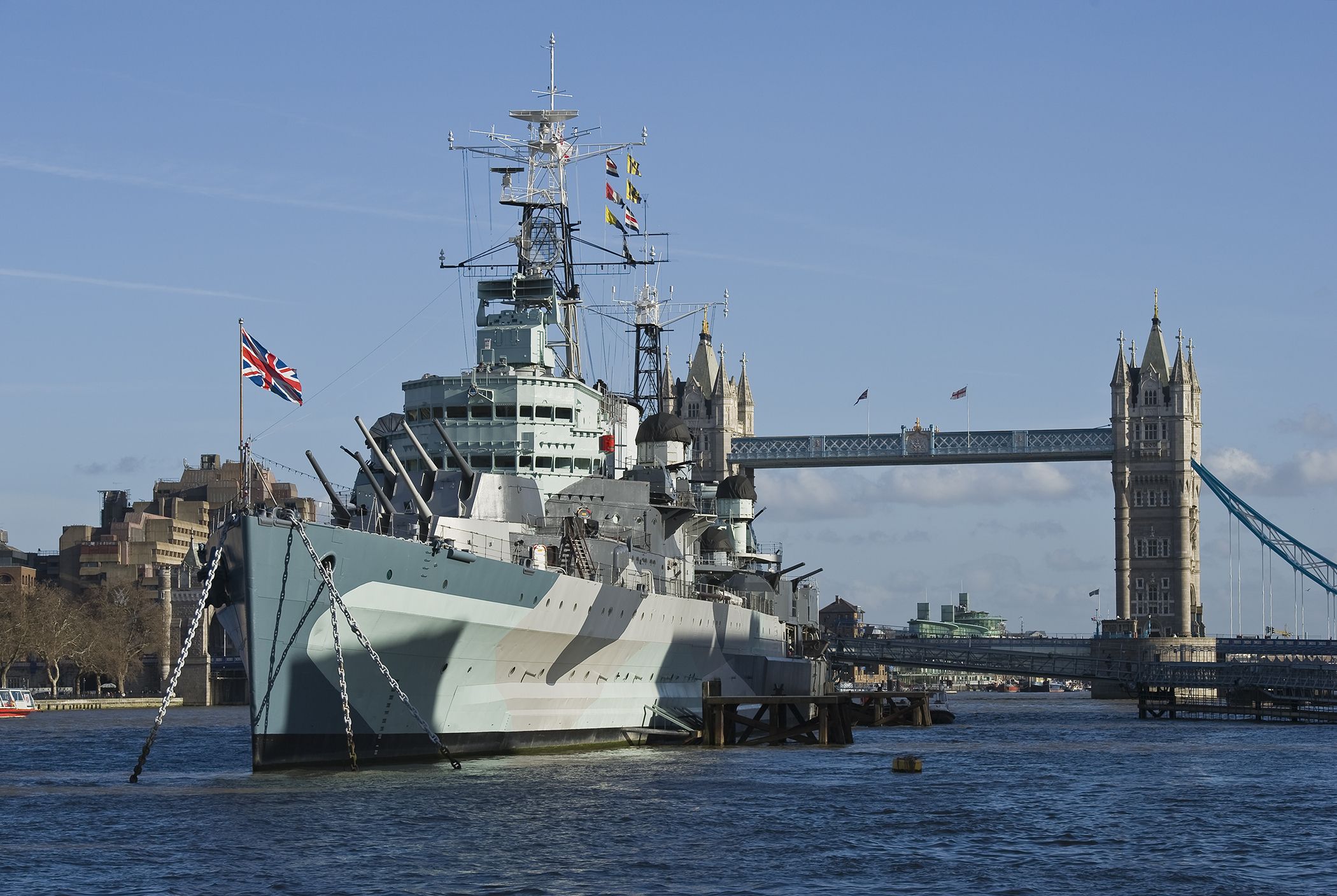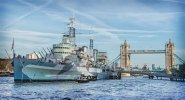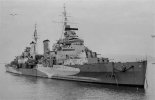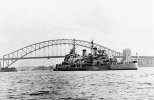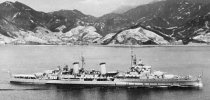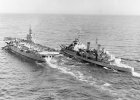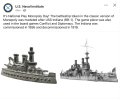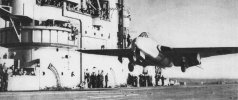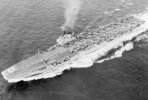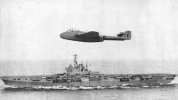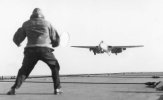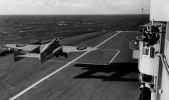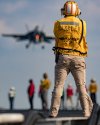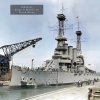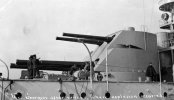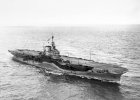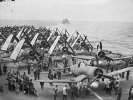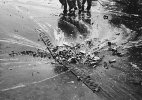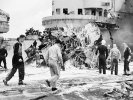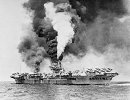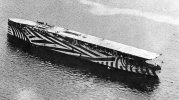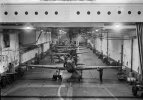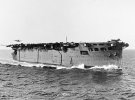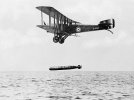The Naval Battle of Guadalcanal is fascinating- some point blank action where battleships were unable to depress their guns low enough to hit enemy ships.Thanks for doing these, I learn something from every post.
A couple of items that show the good fortune the US had were the 2 waves of Long Lance torpedo salvos (30+) that all missed the Washington and the South Dakota. Also if the IJN had decided to send their 16” gun battleships Nagato and Mutsu instead of the older 14” gunned Hiei and Kirishima, how would the battle have turned out? And if Japan had gone all in with the 18” Yamato and her newly commissioned sister Musashi, who knows…
The Musashi’s equivalent in time was the North Carolina class, the Iowas were newer. It took 19 torpedoes and 17 bombs to send that leviathan to the bottom. That said, Japanese AA guns were borderline atrocious, in particular the 25 mm, they also really didn’t seem to use a mid range 40mm equivalent nor did they have proximity fuzes for their heavy AA.
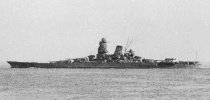
Musashi leaving Brunei in October 1944 for the Battle of Leyte Gulf, where she was sunk by air attack
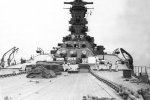
Musashi, August 1942, seen from the bow
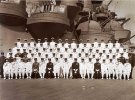
Emperor Hirohito and his staff on board Musashi, 24 June 1943.
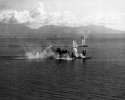
Musashi under attack by American carrier aircraft during the Battle of Leyte Gulf
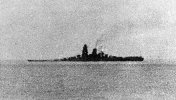
Musashi down by the bow after the air attacks, shortly before her sinking


